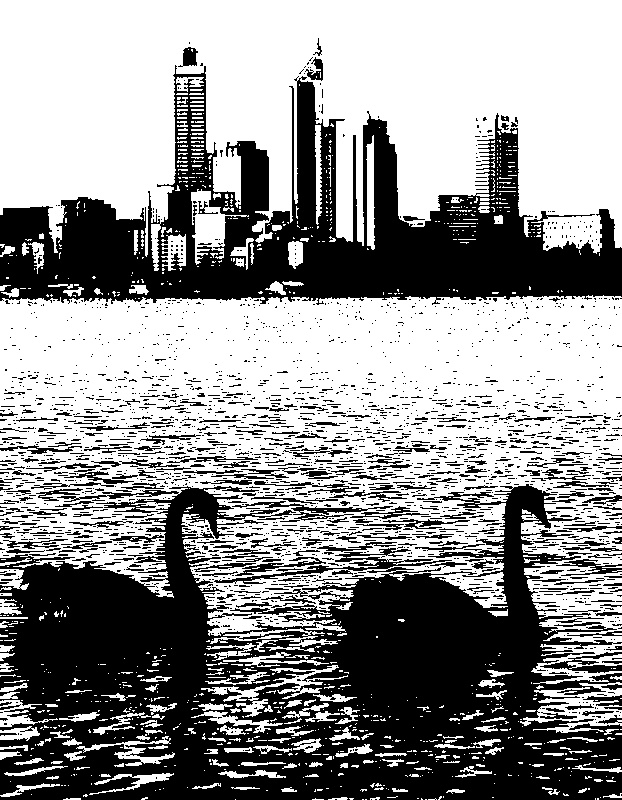Mussels lift Swan quality
 Mussels are helping clean up WA's Swan River.
Mussels are helping clean up WA's Swan River.
A large-scale shellfish reef has been constructed in the Swan River, with research from Murdoch scientists demonstrating the tremendous capacity of these aquatic vacuums to improve water quality.
“Shellfish provide a range of ecosystem services for coastal environments and communities,” explains Dr Alan Cottingham, who led the research.
“They provide habitat and prey for fish and crustaceans, enhance the biodiversity of marine ecosystems, and improve water quality through filter feeding.”
It is this last benefit which scientists at the Harry Butler Institute have explored in detail, with a study of the mussel reef in the Swan Canning Estuary restored by The Nature Conservancy Australia (TNC).
“What we’ve discovered is the tremendous potential for these bivalves to improve water quality in the river, with the reef able to filter 35 per cent of the total volume of the estuary over winter,” says Dr Cottingham.
“In doing so, the mussels absorbed more than 42 tonnes of organic matter into tissue – a huge amount of the agricultural and urban runoff coming in the waterway upstream.”
To assess the potential filtration capacity of the reef, estuary water quality, mussel feeding behaviour, and valve gape activity were quantified in the laboratory and field during winter and summer.
“Despite numerous stressors, including elevated temperatures and toxic microalgae causing mussels to close up for periods, the reef was still able to make a substantial contribution to improving estuary water quality.”
Shellfish reefs are among the most threatened of all marine habitats worldwide, with human factors responsible for an 85 per cent decline in these environments. The Swan-Canning reef is one of 13 sites across the country developed as part of Reef Builder, Australia’s largest marine restoration program, led by TNC in partnership with the Australian Government.
“We’re now looking at other reef-forming shellfish native to Australia to find the best species to populate these reefs based on 2100 climate predictions,” says Dr Cottingham.
“The intent is to scale up and future proof restoration efforts like the Reef Builder program.
“This reef has about 5000 mussels per square metre with a pretty good survival rate, but we can comfortably and sustainably get up to 50,000 mussels per square metre, which will radically increase their contribution to these crucial ecosystems.”
The research is the first of its kind undertaken in Australia, paving the way for more informed estuary conservation efforts. As to where these mussels might flex their filters next, Dr Cottingham says the city foreshore would make a terrific home.
“Elizabeth Quay would be a great site for further initiatives, given it is semi enclosed and doesn’t flush out with the flow of the river.
“It would also be a great place to raise awareness of the work of these critical creatures.”








 Print
Print